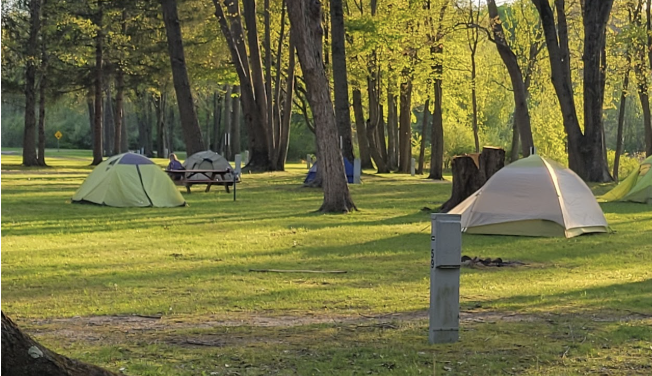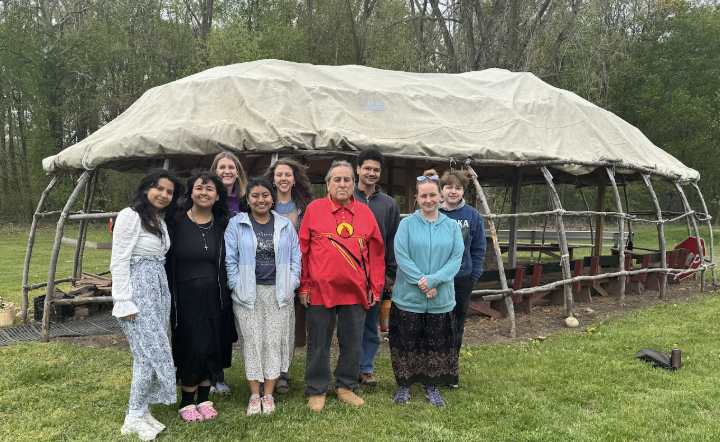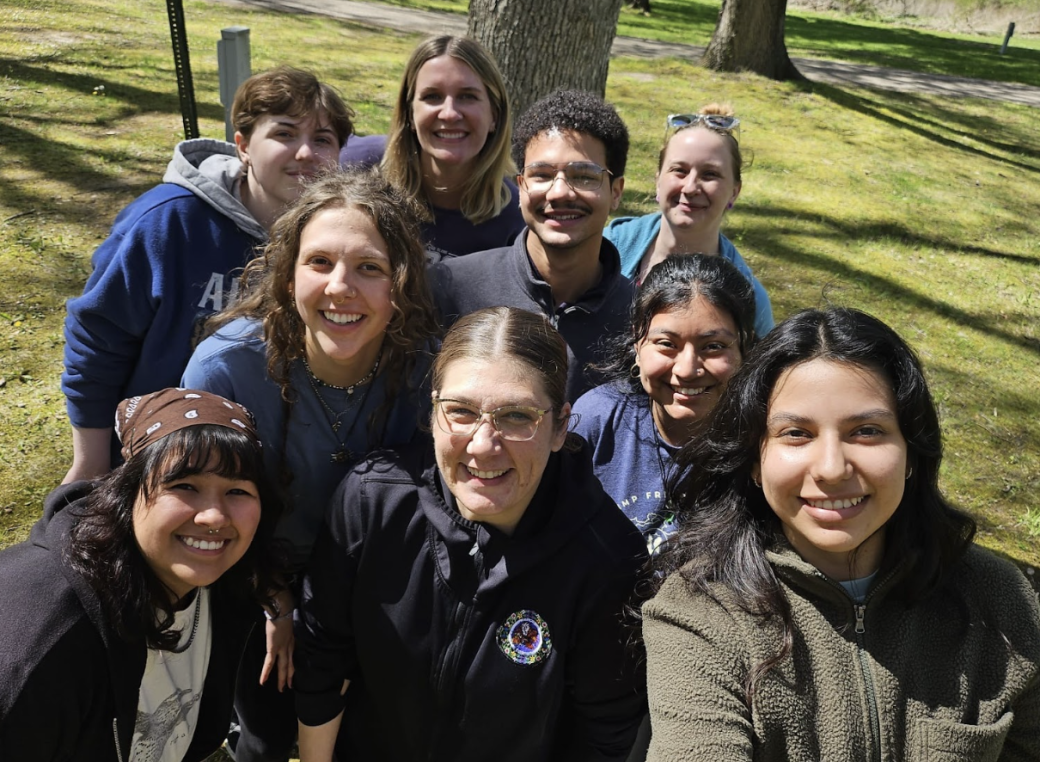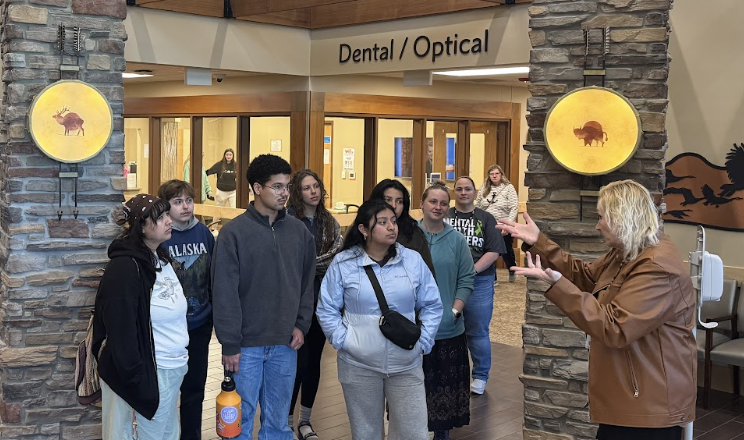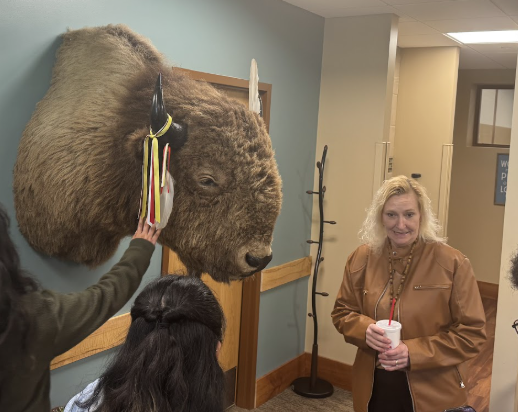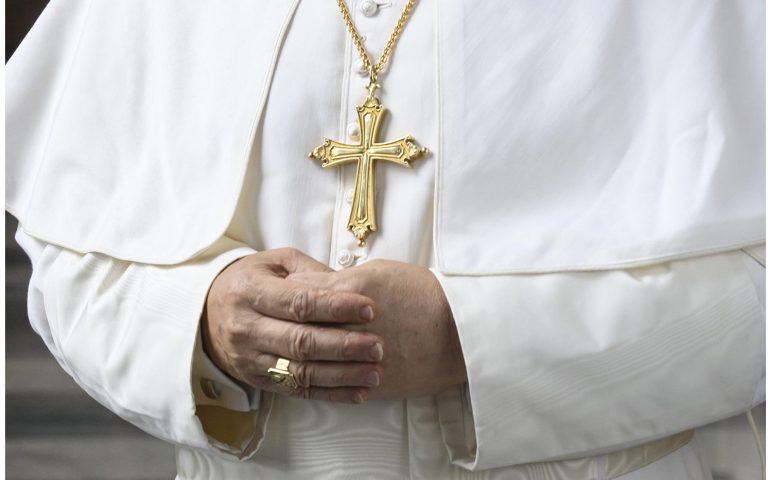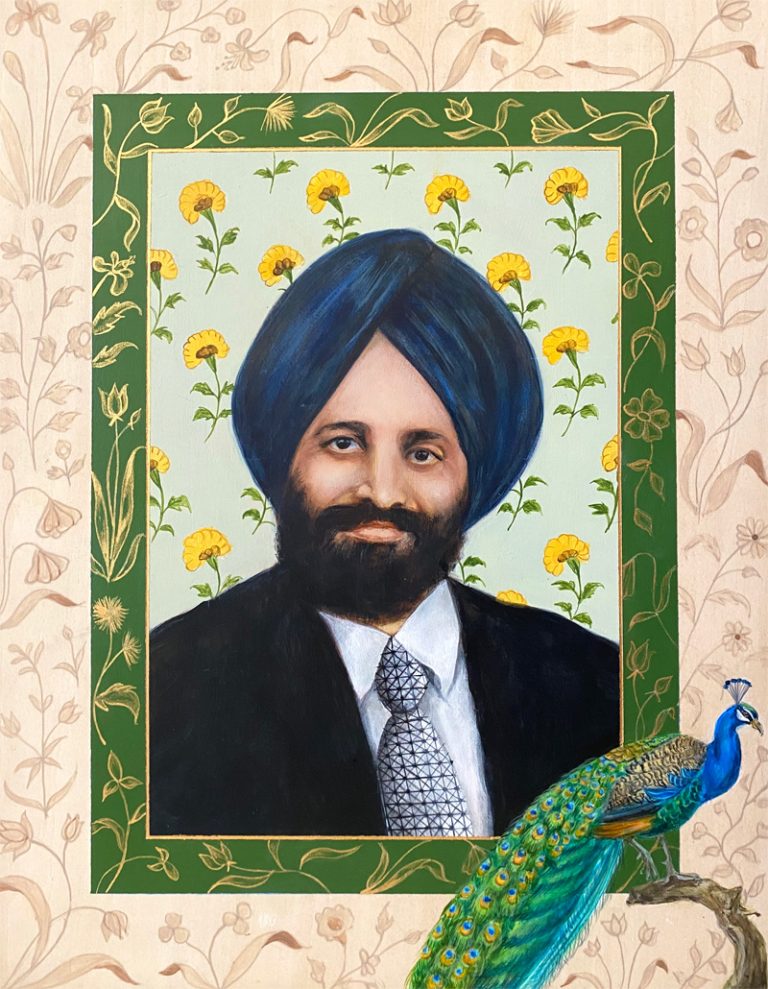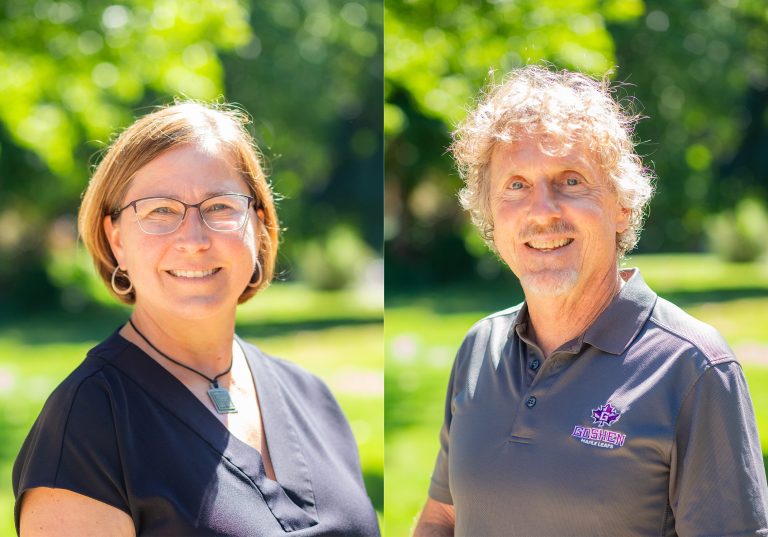After lunch we had a 90-minute tour of the Pokagon Health Services Building. The building offers a variety of services within: medical, dental, a pharmacy, optical, chiropractic, a gym, and behavioral health services. Aside from the resources offered within the building, there are many outreach programs offered and other facilities PHS staff can refer patients to. They also offer transportation for community members who may be unable to make it to their appointments otherwise. This state-of-the art facility and services are available to members of this tribe as well as many members of other tribes.
